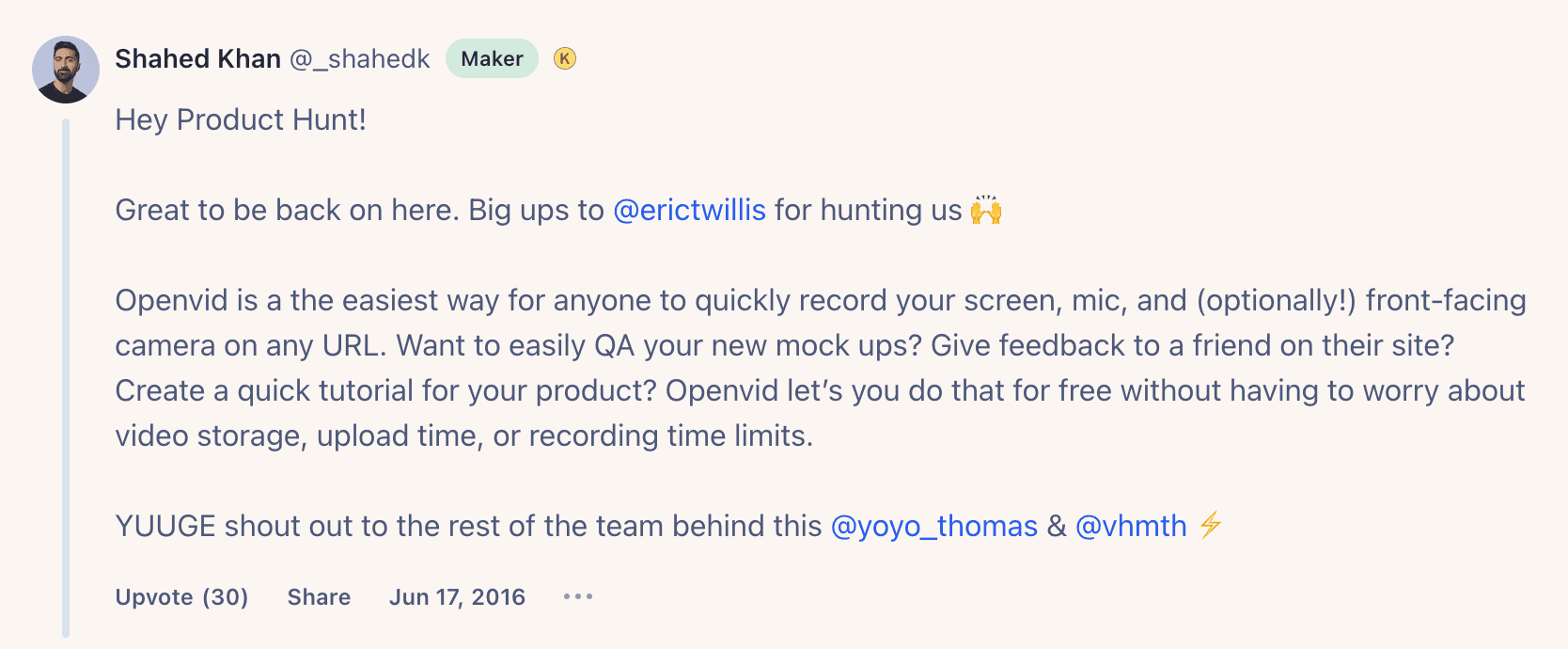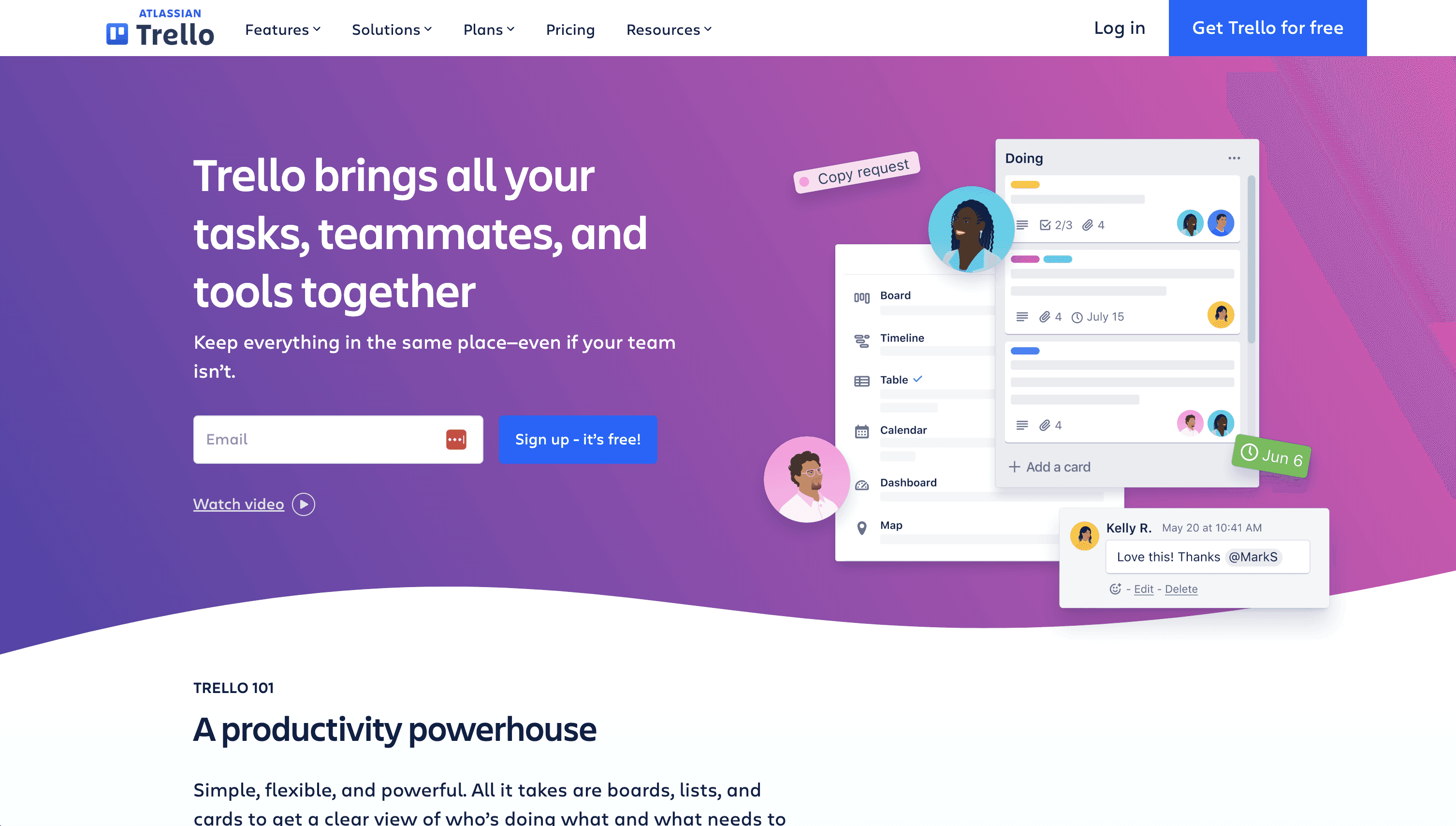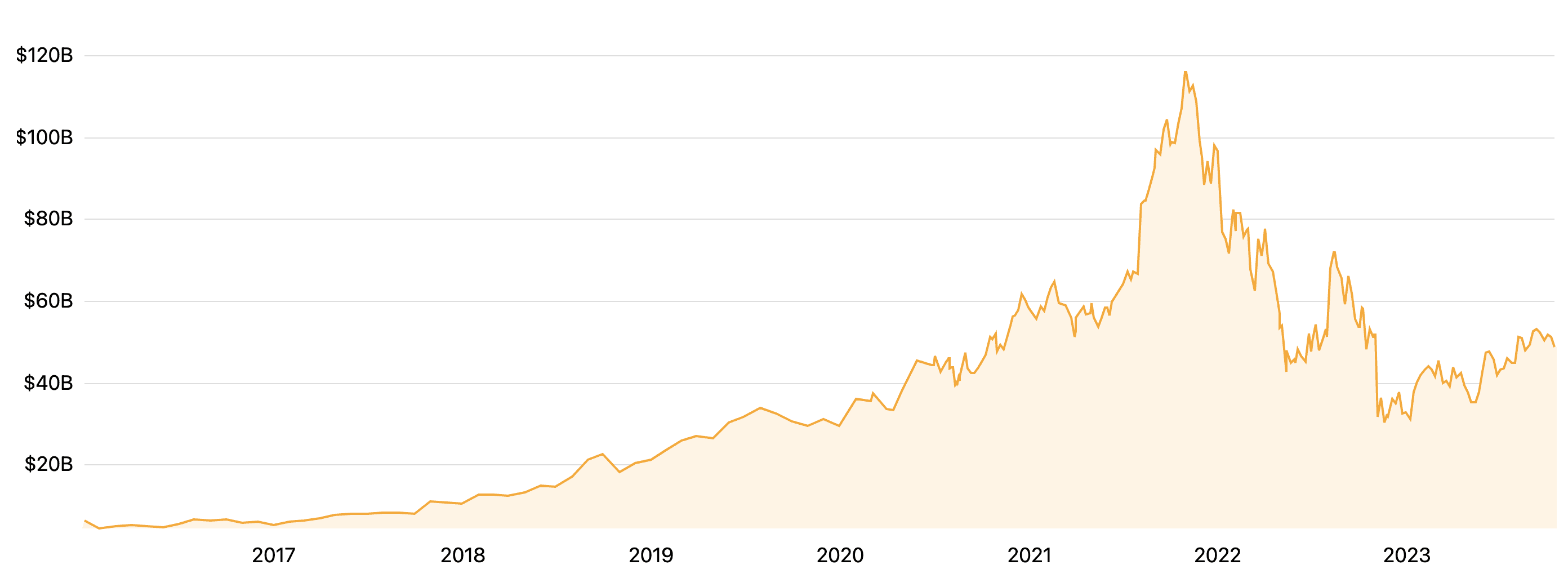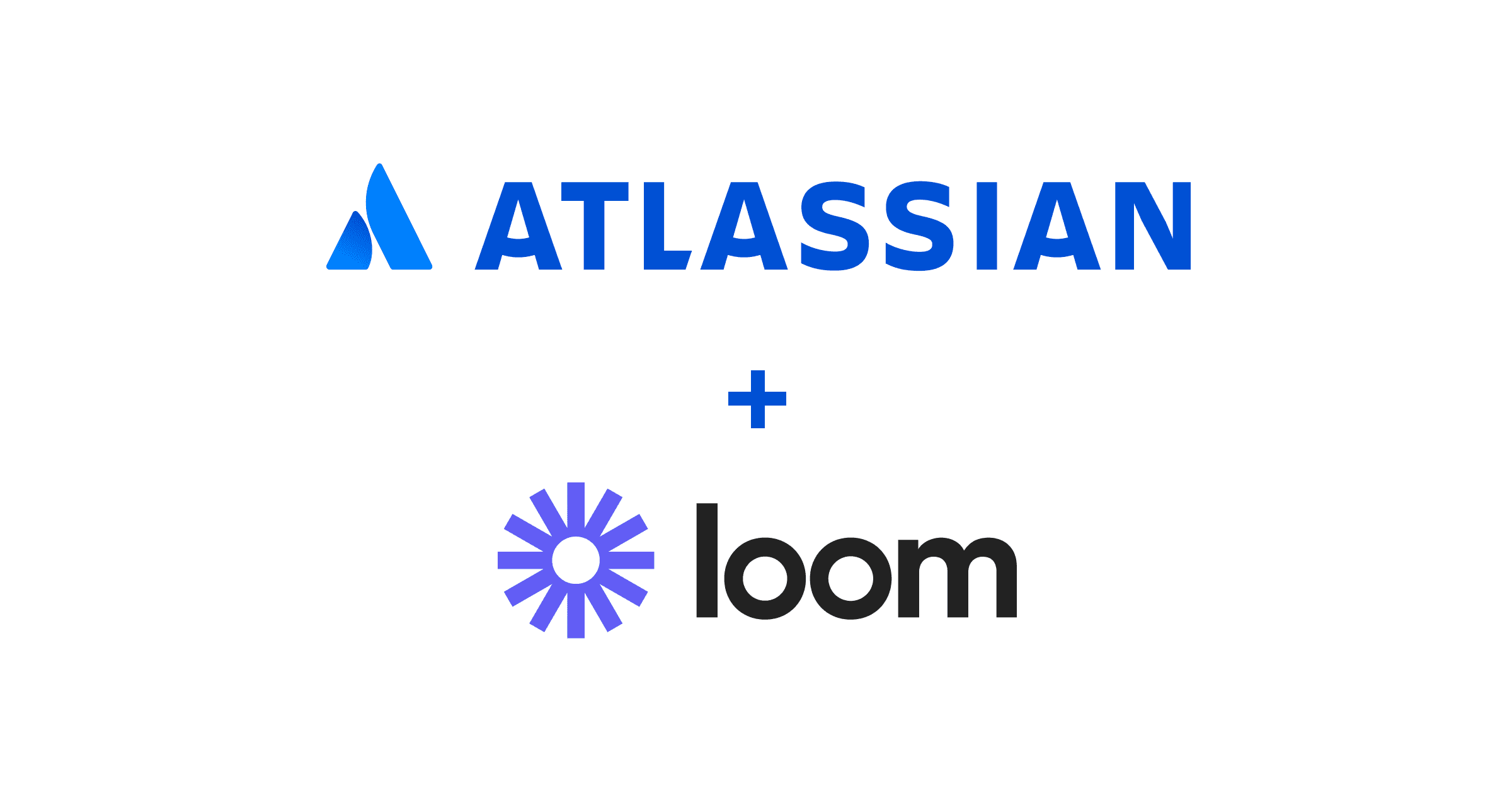October 13, 2023
The Loom Journey: From Humble Beginnings to Atlassian's Acquisition

Eve
You've probably heard by now - Loom got snapped up by Atlassian.
But what was Loom's story before this big move?
What’s Loom?
Loom is a webcam & screen recording app.
Its main use case is to record and share videos at work with your teammates and customers, saving potential meeting time.
Loom became popular during COVID, following the explosion of remote work. Async videos became very popular for communicating 1–1 or 1-to-many, within companies but also with customers.
How did Loom start?

Loom was founded in 2015 by Vinay Hiremath, Shahed Khan, and Joe Thomas in San Francisco, CA.
Their initial idea was far from Loom. They initially started with Opentest to help companies connect with experts. People liked the idea but it was hard to get revenue. They pivoted to helping companies get feedback on their websites through videos. This was slow going as well.
One thing was working though: the Opentest Chrome extension to record a video of your screen and your face. They rebranded to Openvid and launched on Product Hunt on June 17th, 2016.

After getting 2,500 new users that day — they knew they were unto something.
The name change became official in January 2017, after closing their seed round. For the founders, ‘Loom’ had a cool sound to it and the reference to the thread machine made a lot of sense. ‘Vydeeo’ was also a suggestion during the rebrand, believe it or not.
Later on, Loom expanded its recording capability, posing engineering challenges due to the wide range of recording devices in the market (hardware & software complexity). The company focused on hiring specialized video engineers and revamped its recording infrastructure to enhance editing speed and capabilities.
Loom also adopted a bottom-up, top-down sale model - leading to thousands of enterprise customers: the Loom Sales team would notice when a couple of individuals in the same company actively use Loom and use this as an entry point to pitch Loom to the entire team, if not the entire company — for a discounted rate, better support, and enterprise features.
More recently, Loom built:
Loom SDK: a way for businesses to use Loom’s recording capabilities directly to their sites/apps.
Loom AI: a suite of AI features to improve video quality and workflow efficiency e.g. auto remove silence and filler words, auto task creation.
Loom’s success ultimately came from its ability to commoditize video creation while playing into its natural growth loop (creating -> sharing -> watching -> creating) at a time when remote work was booming.
How much did Loom raise?
Loom raised a total of $200m:
In October 2016 — it closed its Seed Round of $600,000.
In February 2019 — it received $11m in a Series A.
In November 2019 — it raised $30m in a Series B.
In May 2020 — it closed a $28.75m second Series B.
In May 2021 — it received $130m in a Series C with a $1.53 billion valuation.
Some of its investors include Sequoia, Kleiner Perkins, Andreessen Horowitz.
And today?
Loom has about 300 employees throughout the U.S.A. — with an office in San Francisco and NYC (it went through a small layoff in 2022, alongside many other tech firms).
Each month, 5 million Loom videos are created and shared.
That’s about 17,000 new videos per employee — not bad!
What’s Atlassian?
Atlassian is an enterprise software company that develops products for teams in product, development, content, and marketing.
It’s known for building JIRA and Confluence, as well as acquiring Trello, the visual collaboration tool, for $425m in 2017.

Atlassian employs >20,000 people across the world.
It’s a publicly traded company with a market cap of $48b. Its value peaked near the end of COVID at $115b but has dramatically fallen off since (like several other tech companies).

The acquisition
Yesterday, Atlassian announced it acquired Loom for $975m — that’s a huge number but still is a 38% discount on its 2021 valuation.
Atlassian will pay $880 million in cash and the rest in shares (subject to vesting requirements) — it expects to close the deal in March 2024.
Why is this a win for Atlassian? Well, beyond having a discount:
Atlassian now has a great complementary product, Loom, to sell to its existing customer base.
Atlassian can tap into 25 million Loom users (and their companies) to sell Atlassian products to.
According to Atlassian, Loom will stay as a separate tool initially and will gradually get integrated into their existing suite of products. With that, some changes to Loom will likely come.




